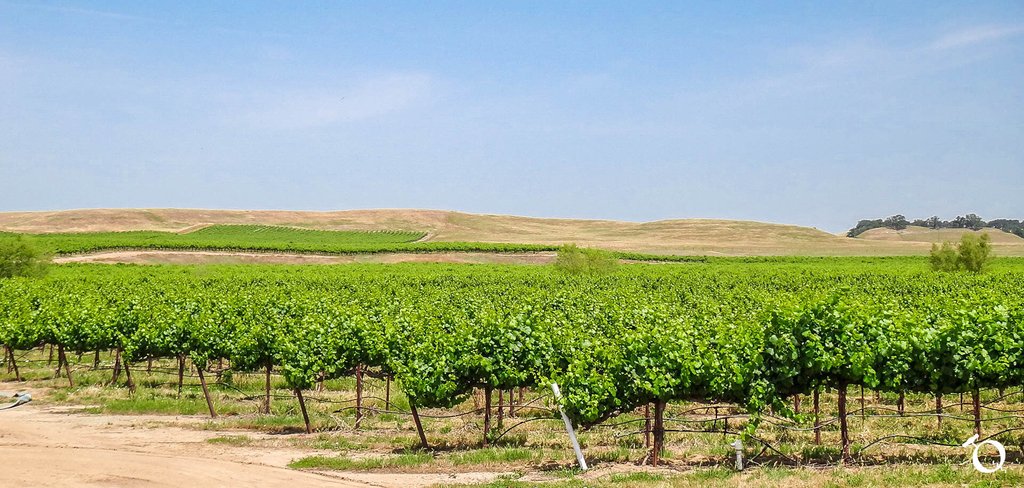Clements Hills received its designation as an AVA in 2006. Situated on 85,400 acres, Clements Hills is a sub-appellation of the Lodi AVA in the southeast portion located in San Joaquin County. It is nearly 40 miles from Sacramento and more than 10 from the city of Lodi. The viticultural area is located in the northeastern portion of San Joaquin county south of the Borden Ranch appellation. Nestled between the Calavaras River to the south, Liberty Road to the north, the eastern boundary of San Joaquin County and Elliott and Jack Tone Roads to the west, the region is a transition from the valleys to the west and the Sierra Nevada Mountains.
It is centered around the town of Clements which was settled in 1857 by Thomas Clements. Clements later donated 25 acres to establish the town as a railroad stop on the San Joaquin and Sierra Nevada Railroad which was ideal for the agricultural community that was growing. The name Clements Hills has been in use since that time.
The soils in the appellation are varied but are alike in that they have low fertility and are a mixture of clays and loams. The presence of the clays are sufficient to hold moisture in the soil. The region features an alluvial topsoil with varying lower levels comprised of granite and volcanic soils.
The climate is hot and muggy but gets some relief from coastal breezes that make their way through the hills. The climate of the area is generally warmer and wetter than the average in the Lodi region. The increase in elevation to the east creates more precipitation and air drainage that moves away morning fogs and frost that would be caused by cool Pacific air coming up the Sacramento-San Joaquin river delta. The lack of fog also leads to more hours of sunshine to help the grapes achieve their maximum flavor.
This climate makes the region perfect for growing Italian and Spanish grape varieties such as Albarino, Grenache, Sangiovese, Tempranillo, and Grenache.











